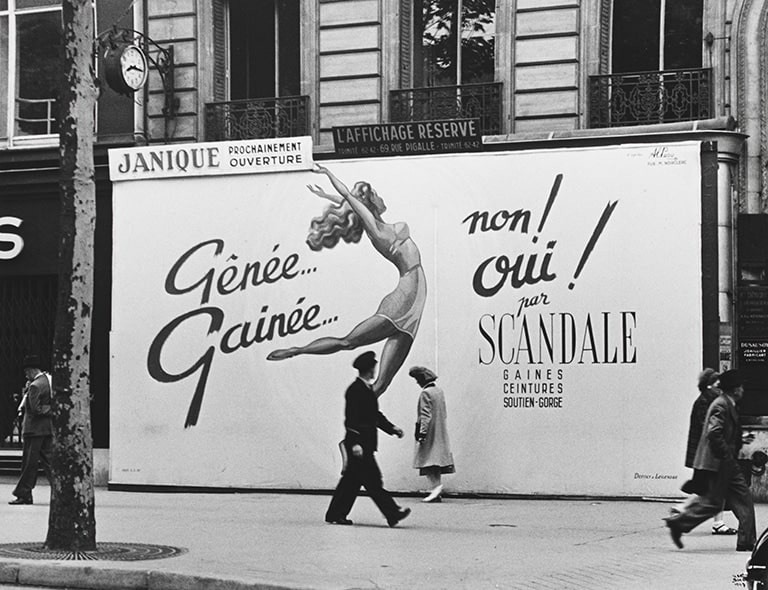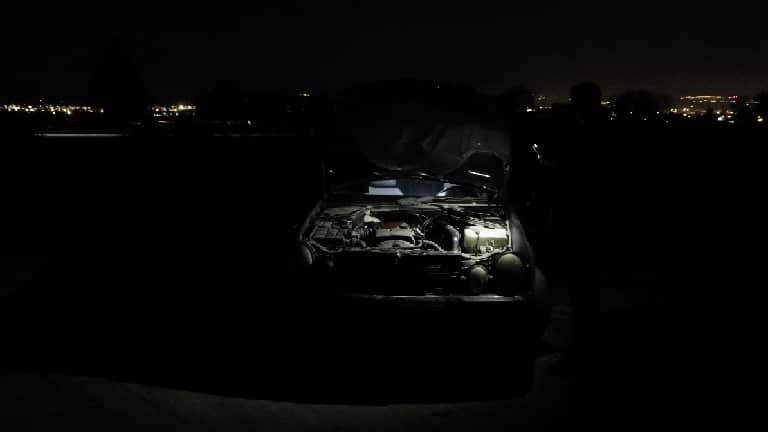Junge Palme
![Junge Palme [Joven palmera] Junge Palme [Joven palmera] © COLECCIONES Fundación MAPFRE](/media/arte-cultura/colecciones/paul-klee/fm000295.jpg)
Paul Klee
Junge Palme, 1929
© Fundación MAPFRE COLLECTIONS
1929, year 1920 – 1930
Origin: Heinrich Stinnes, Cologne, 1932 / Heinrich Stinnes inheritance, 1932-1938 / Curt Valentin (Buchholz Gallery, Valentin Gallery), Berlin-New York, 1938 / Private collection, Switzerland / Galerie Zlotowski, Paris.
Technique
Watercolor and graphite on paper
Dimensions
Printed area: 32 x 24.5 cm (12 5/8 x 9 5/8 in.)
Frame size: 61 x 62 x 4 cm
Inventory
FM000295
Description
Young Palm Tree is part of a set of watercolors of natural motifs that Paul Klee made in 1929. It articulates the formal elements he had been investigating since 1914 with original aspects that would characterize his work from those years. The former includes the checkerboard that makes up the center of the motif and is the axis of the composition, branching out into the extensions of the plant, which turn into a sumptuous flower. The latter include the composition of the space into fragments that combine with different chromatic elements, simultaneously defining both the differences and the continuities between them.
The formal composition also uses other resources typical of the artist that cannot be overlooked. A case in point is the chromatic echo, almost a musical sound, of the different parts of the watercolor: the pink of the upper part of the palm tree and its trunk, the gentle yellows of the plant and the space in which it stands, and the occasionally faded violets and blues. The image combines both simplicity and beauty.
Never has a plant been so artificial and yet, at the same time, so natural. This is perhaps the trait that definitively marks Klee’s art: his ability to ‘invent’ a credible nature without hiding – quite the contrary, he makes them explicit – the resources that he uses to achieve it. In this way, his art responds to what was one of his central ideas: the artist as the inventor of reality, as its creator.
The analysis to which the plant submits is, so to speak, arbitrary; it does not respond to the configuration of the real, original plant, but it convinces the viewer who, from this point on, will look at the young palm tree differently from how they would usually look at it, aware now of the existence of an organization, a plastic order, that Paul Klee has made his own.
But it is also worth noting the importance that fragility acquires in Klee’s work, and most notably in this watercolor. The fragility of the material and the technique used, but also fragility seen as an aesthetic value. The artist shuns the romantic vision of nature, any temptation to emphatic or rhetorical transcendence, and holds true to what seems to be a game, of extraordinary lightness, in an outlook that ‘discovers’, almost without uttering them, the different parts of the plant, its place in this space and in the firmament, inviting us to look at it from a new creative perspective.
[Valeriano Bozal]
BONFAND, Alain, Paul Klee, l’oeil en trop. Paris, Editións de la Dífférence, 2008.
BOZAL, Valeriano, y BÄRMANN, Matthias, Paul Klee, cat. exp. Valencia, IVAM, 1998.
Das Werk der Jahre 1919-1933: Gemalde, Handzeichnungen, Druckgraphik, cat. Exp. Colonia, Kunsthalle Köln, 1979.
DOSCHKA, Roland (ed.), Paul Klee: Jahre der Meisterschaft: 1917-1933. Múnich, Londres, Nueva York, Prestel, 2001.
GROHMAN, Will, Paul Klee. Madrid, Julio Ollero, 1990.
GROHMAN, Will, Paul Klee 1879-1940: a retrospective exhibition, cat. exp. Nueva York, The Solomon R. Guggenheim Foundation, 1967.
HELFENSTEIN, Josef, Paul Klee: catalogue raisonné. Londres, Thames and Hudson, 1998.
JARDI, Eric, Paul Klee. Barcelona, Polígrafa, 1990.
Klee. Catalogue raisonné. Berna, Kunstmuseum Bern, 1998-2004.
KUDIELKA, Robert, y RILEY, Bridget, Paul Klee: the nature of creation: works 1914-1940, cat. exp. Londres, Hayway Gallery, 2002.




